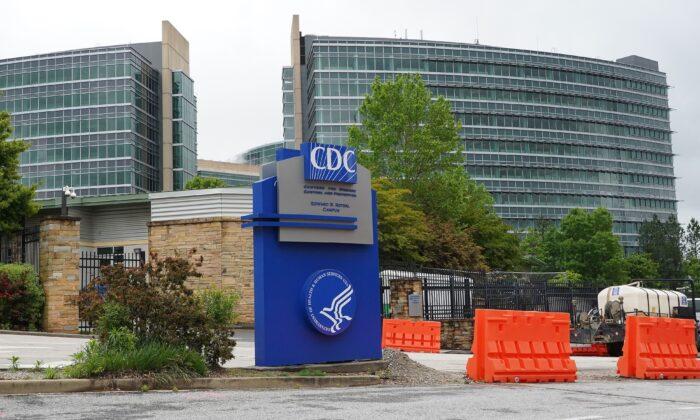A new U.S. government comparison of COVID-19 vaccine risks and benefits exaggerated benefits and downplayed risks, experts say.
The U.S. Centers for Disease Control and Prevention (CDC) recently provided a risk-benefit assessment for the updated bivalent vaccines. One assessment was for adolescents aged 12 to 17.
“When we look at both the potential benefits and harms for adolescents together, using the hospitalization ranges from the sensitivity analyses, we see that per million doses we would expect to prevent between 31 and 136 hospitalizations, nine to 40 ICU admissions, and one death,” Megan Wallace, a CDC official, said while presenting the assessment.
A second version, which took into account incidental hospitalizations, lowered the estimate of hospitalizations prevented to between 17 and 75.
Both versions noted that, in a single CDC-run surveillance system, there have been zero myocarditis cases among young people who received a bivalent booster. But fewer than 100,000 doses have been given to adolescents in the system, and as many as 62 cases per million doses could occur in young males, a footnote reads.
Myocarditis, or heart inflammation, is one of the side effects of the COVID-19 vaccines, and it’s most prevalent in young males.
Critics took issue with the presentation.
“It’s definitely flawed,” Allison Krug, an epidemiologist, told The Epoch Times.
“The risk-benefit analysis is a marketing strategy to maximize uptake of the vaccine,” Krug said. “It is not an honest effort to estimate risks and benefits because it ignores the most durable protection on the ’market'—immunity from prior infection—which is near universal now.”
No Clinical Data
U.S. authorities have had to rely on observational data for the bivalent boosters from Pfizer and Moderna, which were authorized and recommended in fall 2022, because there are still no clinical effectiveness data available six months later. Mice data were used to justify authorizing the vaccines.Pfizer and Moderna haven’t responded to requests for comment about when the data from their trials will be available.
Multiple members of the Advisory Committee on Immunization Practices, to whom the CDC presented the risk-benefit assessment, noted the lack of trial data after they were asked whether authorities should transition to an annual booster moving forward.
“I would like to see a study saying, ‘OK, you’ve just got one bivalent vaccine. What is the benefit? And how long does that last?’ I think that would enhance the confidence in making a change rather than inferring the data,” Dr. Camille Kotton, one of the advisers, said.
Both Kotton and Dr. Matthew Daley said they wanted trials examining the vaccines, although Daley floated one comparing coadministration of influenza and COVID-19 vaccines with administering each of the vaccines separately.
Inflated Death Toll
Officials have repeatedly pointed to how some children have died from COVID-19 as justification for recommending that children get vaccinated, despite the dearth of effectiveness data for even the original shots in the population.Oliver didn’t respond to a request for comment.
Kelley Krohnert, a Georgia mother who has repeatedly fact-checked false CDC claims, noted that the slide also included deaths of which COVID-19 was a contributing cause, not the underlying cause.
New Myocarditis Study
The presentations happened after researchers in Canada reported a higher incidence of myocarditis or pericarditis, a related condition, after Pfizer or Moderna vaccination, particularly after the second dose of a primary series.Analyzing health records from Quebec, Canada, the researchers found that there was a 15 times higher incidence than expected within seven days of a second dose among males aged 16 and 17 and a 7.6 times higher incidence among males aged 12 to 15.
Of 77 incidents, 63 occurred among males, and 51 occurred after dose two. All but three of the adolescents were assessed in the emergency department, and 34 were hospitalized.





